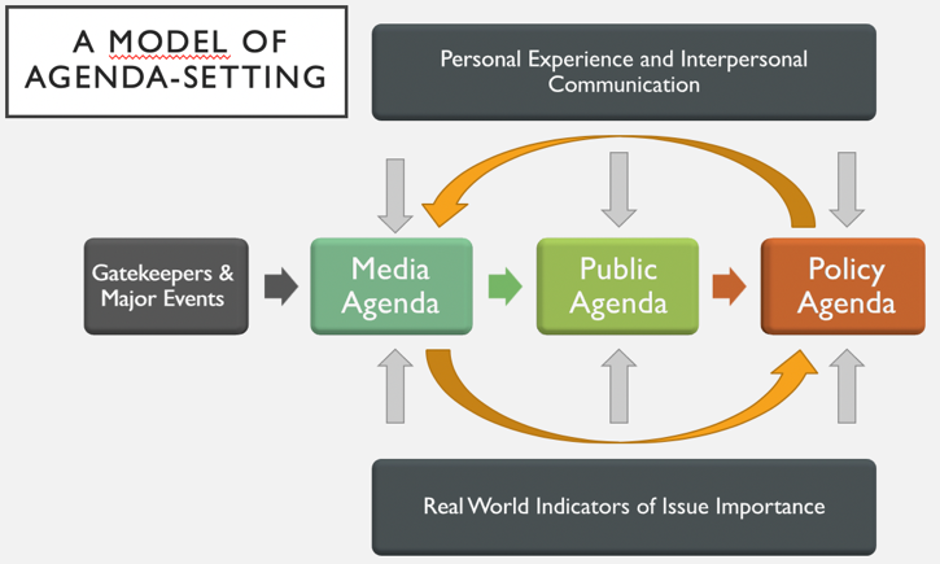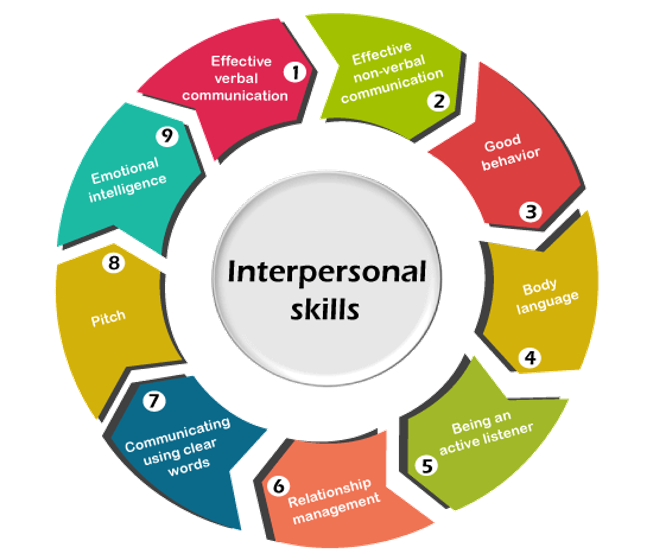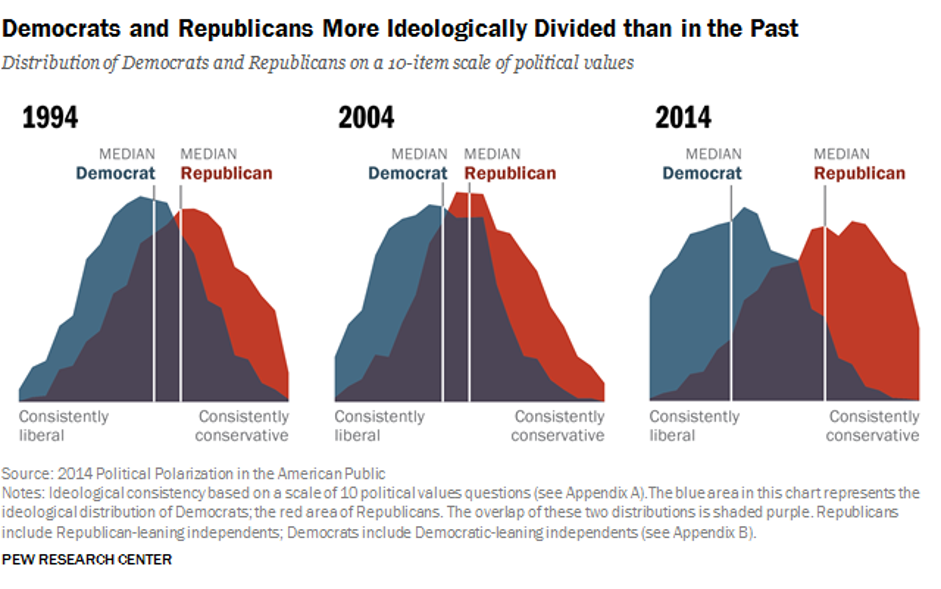Introduction
The way stories and problems are presented has an impact on how the general audience perceives them. How news broadcasts are produced makes it so that whenever one news story receives a more significant amount of coverage than a different one, people watching will naturally believe that it constitutes the most significant piece of news or data being provided to them, depending on how persons think regarding how considerably of an impact a piece of information can have on the viewers, the press decides what information should be presented initially and what should come later.
This study presents the findings of a detailed investigation into the volume, trends, and nature of the Australian media global healthcare catastrophe in 2020. Researchers from the Information and Multimedia Research Institute of the Australian National University in Canberra worked with the media monitoring company Stream to find two million five hundred forty-nine thousand one hundred forty-three unique news items broadcast or circulated in newspapers between January 2019 and November 2020. Items were divided into four categories, fourteen categories, and 37 separate topics (Albert et al., 2023).
It has been examined how media coverage of the growing influences our knowledge of the social restrictions and circumstances that shape news and journalism decision-making practises and behaviours. They know the logistical, financial, and emotional burdens placed on the mainstream media industry to cover this exceptional event and the informational tsunami it caused. Australia dominated the news during the previous three years in 2020. News viewers acquired an insatiable appetite for information due to the epidemic’s breadth, intensity, and wide distribution. The mainstream media fiercely and thoroughly covered the global pandemic.
Factors evaluating new coverage
The “accessibility” thinking process, which sets the course of action, occurs in the brain. The media presents the most thought-provoking data, portrays significant social concerns, and offers a window into peoples’ thoughts.
Levels of agenda-setting theory
First level
In the first level, The challenge of having declining income from advertising has been made worse by the reduction in expenditure on advertising as a result of numerous firms closing. Although many news agencies themselves shut down, others had to react to a single of the most significant events of this century with less capital. People were trying to understand how the epidemic would affect their financial futures and lives, increasing the demand for news organizations to provide accurate information. The global financial crisis and outlook also created a powerful narrative in and of themselves. Additionally, news professionals had the same challenges as the remainder of the company, with many needing to pursue careers from their residences to deal with the pandemic’s impact on their personal and professional lives (Lentzos et al., 2020).

(Source: Vériter et al. 2021)
Second level
The media stresses how individuals ought to speculate about the specifics of the challenges in the next phase. As a result, reports of events could be misreported to grab viewers’ attention. The regulations are primarily used to position the cover as both a legal requirement and an advantage to the belonging, potentially fulfilling both an educational and a democratic purpose. Politically contentious aspects were present in several significant journalistic situations. In response to the severe outbreak that had spread to hundreds of facilities in Victoria, the eldercare inquiry investigation generated 3,608 media stories in September. While protests against Victoria’s strict stage 3 and stage 4 lockdown rules received the most media coverage during that period with 2522 pieces, the number of articles printed on the ongoing hotel quarantine inquiry peaked in August at 2,555. In a broader sense, the focus switched from state-based governance and state-based countermeasures against the virus, including state-sponsored health legislation being a national issue.
Priming
It is possible to assess the media’s role in putting forth standards and principles that allow the items to receive a particular level of awareness. The reporting by the press will give specific worries enough to occupy space and time, making things appear more authentic.
According to data, the discussion of public opinion is moving increasingly toward examining potential blame for the virus’s inability to be contained. Statistics show that when research on blame surged in August, there were 9,809 articles regarding blame and 7,718 news about problems with state borders. Additionally, news regarding social exclusion laws dropped to fewer than 4,000 stories in August, while news about covers and treatments rose, with 10,857 items about potential vaccines emerging in September. One thousand two hundred seventy-six news pieces about high-profile examples of quarantine violations or failure to follow political and legal guidelines during the state’s second outbreak were published in July (Smith et al. 2021).
Framing
Selective management is a procedure of framing. It may indicate two things—the standard structuring and contextualization of headlines into a single frame of references. The viewer absorbs various points as their own and develops a similar perspective of life in general. This involves how individuals judge the significance of an article in the media and the setting where it is being read.
Framing is concerned with the way people value certain news. For instance, the media arranges news about a terrorist attack, failure, victory, and failure to ensure that individuals view it through an alternate viewpoint. These writers are personally an integral component. Australia’s federated structure was another aspect of politics that affected the public’s reactions and news reporting. Each state was renowned for having a high level of freedom, unlike increasingly centralized controlled regimes like the UK. The importance of regional emerges as key media agents throughout the epidemic might have been enhanced by this, together with the knowledge that Australia’s marketplaces are equally fractured.
Findings
It has explored several elements that affect how information is reported in the initial phase of the current research, highlighting how ingrained journalistic conventions, institutional frameworks, and follows interact with other societal, economic, and social factors. Although this offers a helpful overarching structure for comprehending the elements influencing headlines, there must be a way to anticipate how events will be reported in various situations. In addition to the broader historical and cultural contexts within which these occurrences are reported, events directly represent dependent and context-specific aspects that help shape the contexts in which information is generated, disseminated, and digested.
Social media and its fundamental changes
Internet and social media have sparked significant changes in how individuals share data and converse. In the past, press offices had complete discretion over whether, when, and the manner in which an incident was covered. Information sources and alternative news are compared with the several traditional news media which have lost their monopoly on getting the news.
This was undoubtedly true with Australia when several circumstances affected how the epidemic was felt and reported on. One of those is the fundamental geographic reality in which Australia has become an island country that, after the Commonwealth’s leadership made the comparatively immediate choice to shut down its world borders within February 2020, was still well isolated from other countries, which experienced considerably greater workload and fatalities. In Australia, there additionally existed an electoral and general agreement that the worldwide epidemic posed a real threat to the population’s wellness and, therefore, ought to be treated seriously enough, in contrast to several other nations where the issues have been discounted or even dismissed (Vériter et al. 2021).
Importance of the interpersonal communication
The average social networking user lives in an online universe with a diverse network of relationships and a possibly explosive mix of opposing viewpoints, which frequently causes the individual to feel annoyed and frustrated. Although many online consumers are active in politics, only some believe that Facebook offers an effective way of getting the morning’s events in a wrapped, consumable format. A large percentage of the population needs to actively seek out information via the Internet or in the newspaper.
Although conspiracy theories and disinformation were not wholly foreign to Australia, these ideologies and the groups of people they inspired mainly remained on the periphery of the country’s life in politics and society. The prompt installation of national cabinets in March 2020 strengthened this view of unanimity. This happened partially due to the peculiarities of Australia’s federation government structure, which is divided between the federal government and states and territories, each with significant control over essential areas. This includes the control of borders between states, a problem that ultimately led to considerable turmoil in politics and, as we describe below, garnered a lot of media attention.

(Source: Vériter et al. 2021)
According to statistics, the public opinion discourse has evolved increasingly toward examining possible blame for the virus’s inability to be contained. Statistics reveal that in August, there were 7,718 stories about state boundary difficulties, and in August, there were 9,809 articles about blame, which is when research on blame peaked. Also, news on social exclusion rules decreased to fewer than 4,000 stories during August, but news on covers and treatments increased, with 10,857 articles appearing in September about prospective vaccines (Vériter et al. 2021).
Political polarization
These unofficial interpersonal interaction routes are fundamentally shifting as a result of the popularity of social media. Personally aware and active people now have unparalleled access to platforms like social media, Facebook, the website Reddit Instagram or another platform, and Snapchat that allow them to share data, voice their views, and join people in debates about politics. However, these loud social media people risk inciting emotional polarisation among users not significantly invested in politics. The investigation of the eldercare Inquiry, in reaction to the significant epidemic which had spread to hundreds of establishments in Victoria, resulted in 3,608 media reports in September.
The number of articles printed on the continuing hotel quarantine investigation peaked in August at 2,555. In contrast, demonstrations against Victoria’s stringent stage 3 and four lockdown laws garnered the most attention during that period with 2522 media pieces.

(Source: Vériter et al. 2021)
As previously stated, American has experienced significant and uncommon pressures during this time as they attempted to handle health hazards, adjust to shutdowns, operate from home, deal with commercial shutdowns, and deal with uncertainty about the immediate and long-term course of their respective careers. The similar logistical, monetary, and psychological obstacles that affected businesses affected news organizations and companies. The worldwide epidemic significantly affected the newsroom industry, exacerbating the impacts of severe and swift income drops that had previously culminated in substantial reductions in employment and news outlet cancellations. Understanding how reporting operated throughout this time facilitates perspective regarding its continuing significance and how the difficulties it experiences may impact how it functions throughout such a critical historical juncture. After looking at a few elements of the year’s big photograph, we’ll immediately focus on how broadcast changed through time. In a turbulent year like 2020,
Although certain reported subjects remained constant, others experienced sporadic increases in popularity. Researchers attempt to recount this tale in the subsequent portions of this study, concentrating on how the mainstream media framed its issues.
Conclusion
In conclusion, The hypothesis, which is being extensively researched and extended to different media, contends that media outlets can influence the general public by selecting which topics receive the most excellent attention. According to the agenda-setting hypothesis, media outlets influence political discourse by selecting their central themes and highlighting them in newscasts. It claims that the press becomes the primary decision-maker when choosing which news subjects to focus on and convey depending on public interest. This has been done within the context of the social limitations and circumstances that form news and the methods and behaviours of journalism decision-making. They know the logistical, financial, and emotional challenges the mainstream media had in covering this exceptional event and the informational tsunami it caused. The mainstream media extensively and mercilessly covered the global epidemic due to the outbreak’s scale, severity, and broad dissemination, which resulted in news viewers developing an insatiable appetite for knowledge.
Reference list
Albert, C.D., Baez, A.A., Hunter, L., Heslen, J. and Rutland, J., 2023. Epidemiological intelligence fusion centres: health security and COVID-19 in the Dominican Republic. Intelligence and National Security, 38(1), pp.90-110.
Lentzos, F., Goodman, M.S. and Wilson, J.M., 2020. Health security intelligence: engaging across disciplines and sectors. Intelligence and National Security, 35(4), pp.465-476.
Smith, M. and Walsh, P., 2021. Improving health security and intelligence capabilities to mitigate biological threats. The International Journal of Intelligence, Security, and Public Affairs, 23(2), pp.139-155.
Vériter, S.L., Kaminska, M.K., Broeders, D.W.J. and Koops, J.A., 2021. Responding to the COVID-19 ‘infodemic’: national countermeasures against information influence in Europe. The Hague Program for Cyber Norms.
Walsh, P.F., 2021. Improving ‘Five Eyes’ health security intelligence capabilities: leadership and governance challenges. In Health Security Intelligence (pp. 122-138). Routledge.
 write
write